If you’ve been dreaming of sunny beaches and a solid job in Australia, hold onto your sunhat — there’s a new twist in the immigration tale. Starting July 1, 2025, Australia is rolling out new income thresholds for several skilled visa programs. These updates are not just tiny footnotes; they could seriously shape who gets in and who doesn’t. The idea is to keep migrant wages aligned with local standards and ensure everyone gets a fair deal. Whether you’re an applicant or an employer, understanding these changes is no longer optional — it’s crucial.
Key Takeaways
New Income Thresholds: What You Need to Know
The Australian government isn’t just nudging the income requirements — they’re giving them a proper lift. The Core Skills Income Threshold (CSIT) is getting bumped up to AUD 76,515. If you’re a specialist with highly sought-after skills, the Specialist Skills Income Threshold (SSIT) will climb to AUD 141,210. Not to be left out, the good old Temporary Skilled Migration Income Threshold (TSMIT) is also rising to match the CSIT at AUD 76,515.
Now, before you break into a sweat, remember this: these increases are intended to reflect the realities of Australia’s evolving job market and to protect migrant workers from getting undercut. In short, it’s a move toward fairness, but it means you’ll need to check your salary package twice before applying.
Which Visas Are Affected by the 2025 Income Changes?
You might be wondering, “Does this even affect my visa?” Well, if you’re applying for any of the following, the answer is a big yes:
- Subclass 482 (Temporary Skill Shortage visa)
- Subclass 186 (Employer Nomination Scheme visa)
- Subclass 494 (Skilled Employer Sponsored Regional visa)
- Subclass 187 (Regional Sponsored Migration Scheme visa)
If your application is lodged after July 1, 2025, you’ll need to meet the new income requirements. Think of it as Australia raising the bar a little higher — but making sure you get paid what you’re worth once you land that dream job.
Will Current Visa Holders and Pending Applications Be Affected?
Here’s a bit of good news for current visa holders and applicants who already have their paperwork in: you’re safe. The 2025 income changes only apply to new nomination applications submitted after July 1, 2025. So, if you’ve already got your foot in the door (or at least your application in the inbox), you won’t have to scramble to meet the higher salary thresholds.
Pending applications and people currently living and working in Australia under existing visas can breathe easy — your agreements stand as they are. This approach prevents disruption for thousands already contributing to the Australian economy and lets the new rules focus purely on fresh applicants moving forward.
How Employers Must Adapt to the New Salary Rules
If you’re an employer reading this and thinking, “More paperwork, great,” you’re half right. But really, these changes are about creating a healthier labor market overall. Employers must now ensure that any new nominations meet either the new threshold amount or the applicable market salary rate, whichever is higher.
Also Read: Is Victoria’s 2025 Skilled Visa Your Ticket to Work and Live in Australia?
Translation? No cutting corners. If the going market rate for a position is higher than the threshold, that’s what employers must offer. This safeguards skilled migrants from exploitation and helps maintain Australia’s reputation as a fair destination for international talent. Smart employers will start updating their internal policies and salary packages now — waiting until the last minute could mean missing out on top-tier global candidates.
Final Thoughts: Preparing for Australia’s New Migration Landscape
The tightening of income rules might sound like a barrier, but it’s more like a recalibration. Australia still needs skilled workers across a huge range of industries, from healthcare and construction to tech and engineering. If you meet the skills criteria and can command a salary above the new thresholds, you’re still a very attractive candidate for migration.
For applicants, the key is preparation: double-check your job offers, negotiate if needed, and make sure all documents reflect your eligibility. For employers, it’s time to review recruitment strategies and ensure salary offerings stay competitive.
At the end of the day, the road to Australia might be a little steeper in 2025, but it’s still wide open for those ready to meet the challenge. Dream big, plan smart, and that Aussie lifestyle could still be yours — with a fair paycheck to match.





